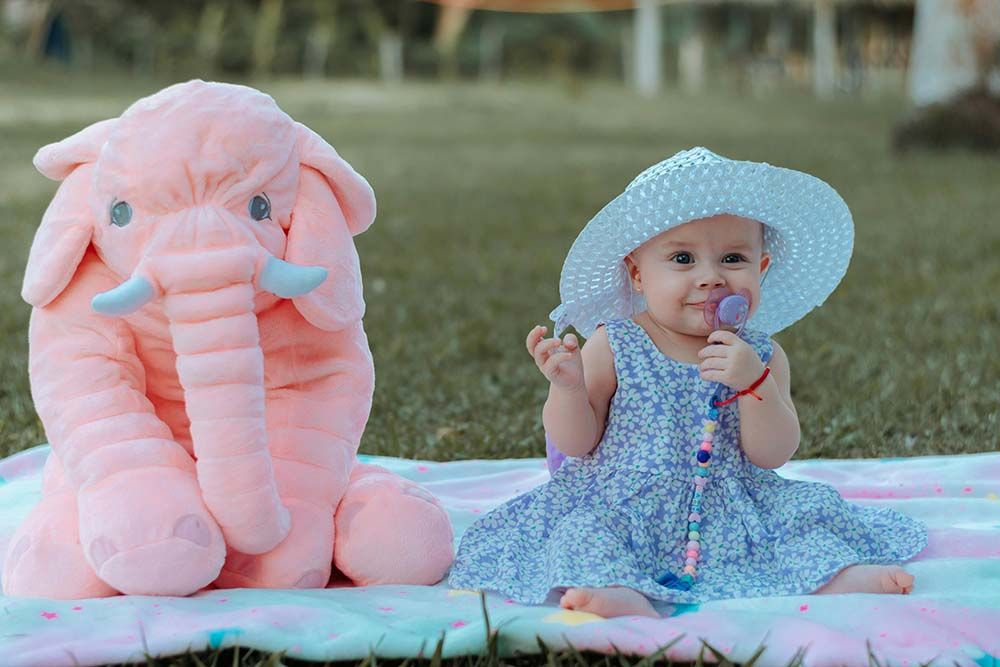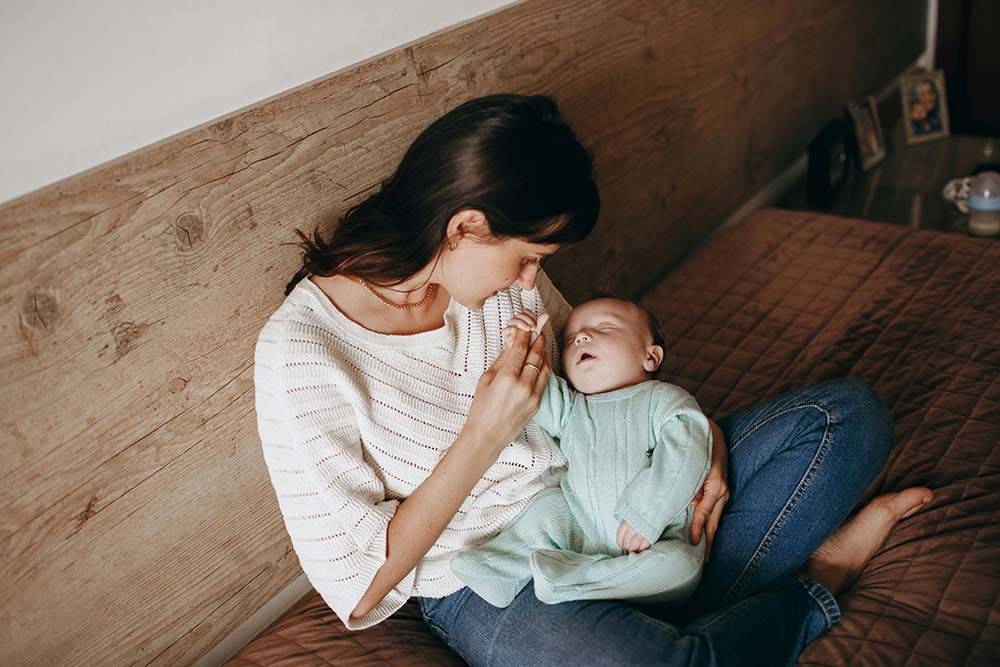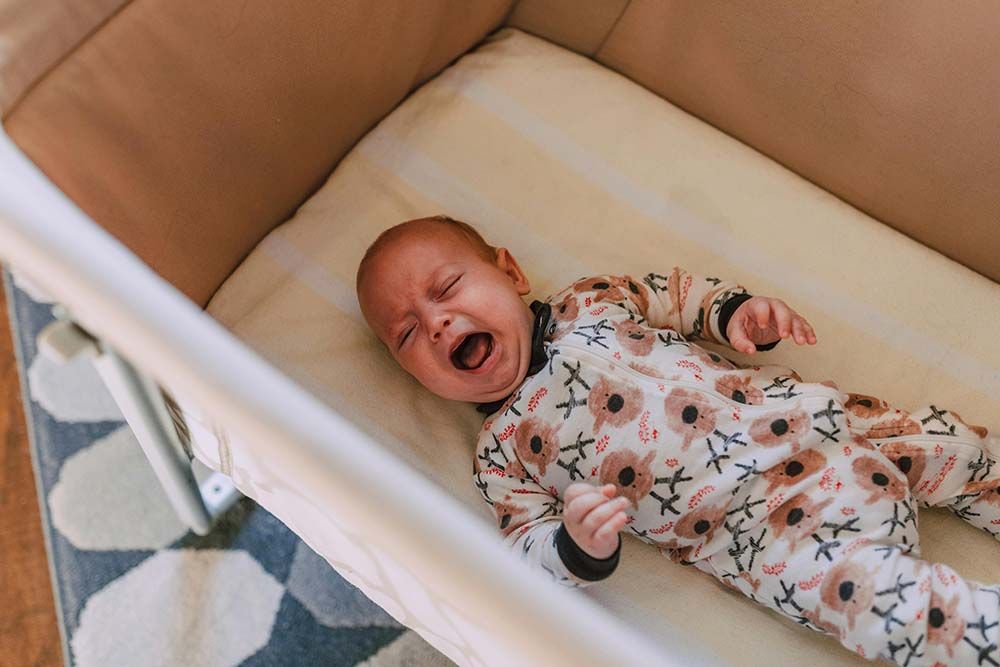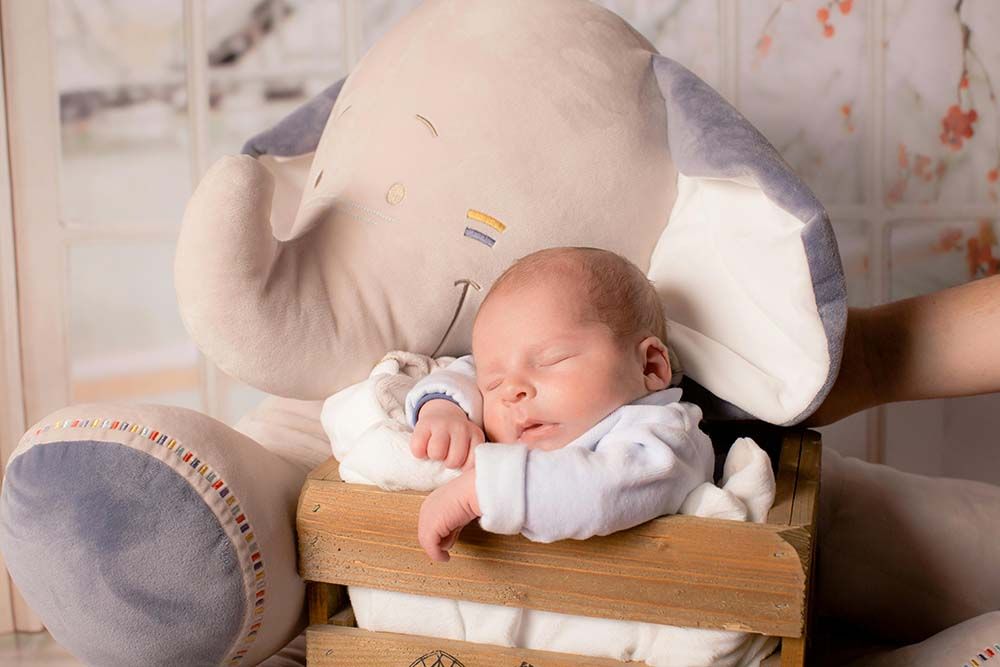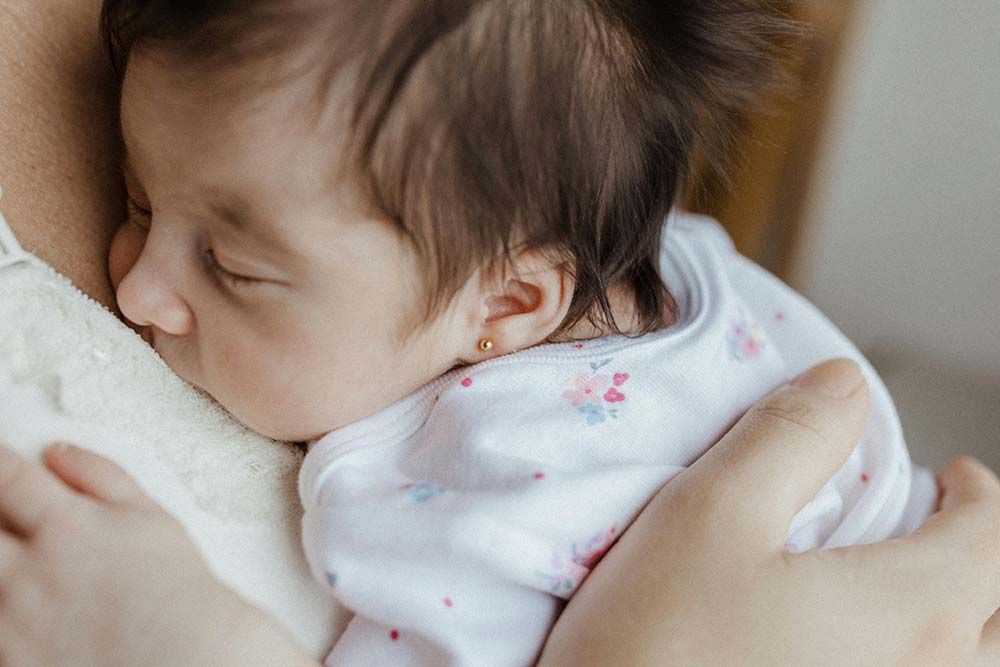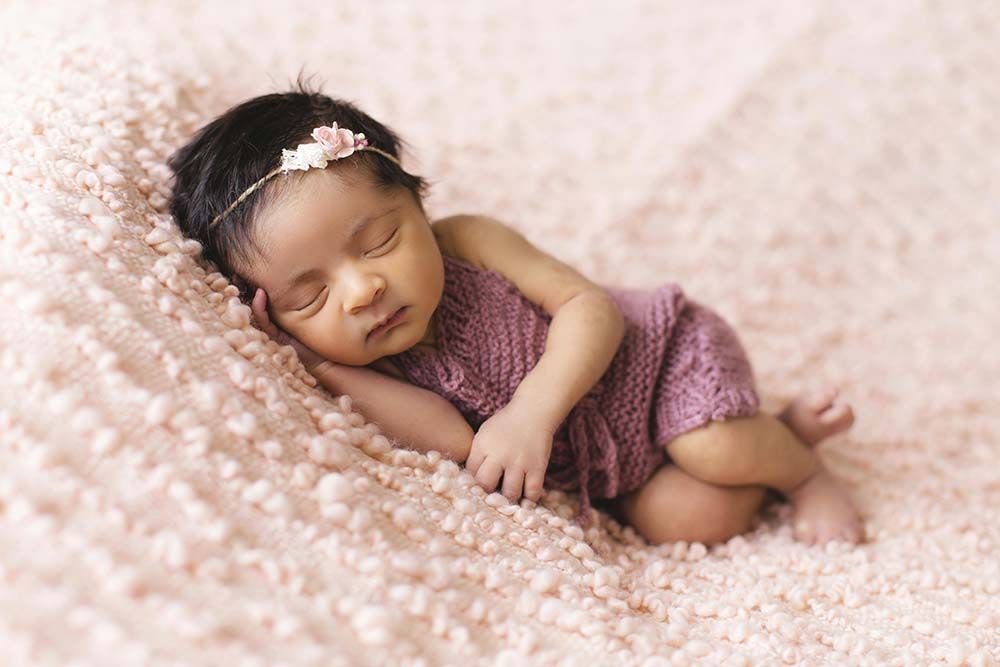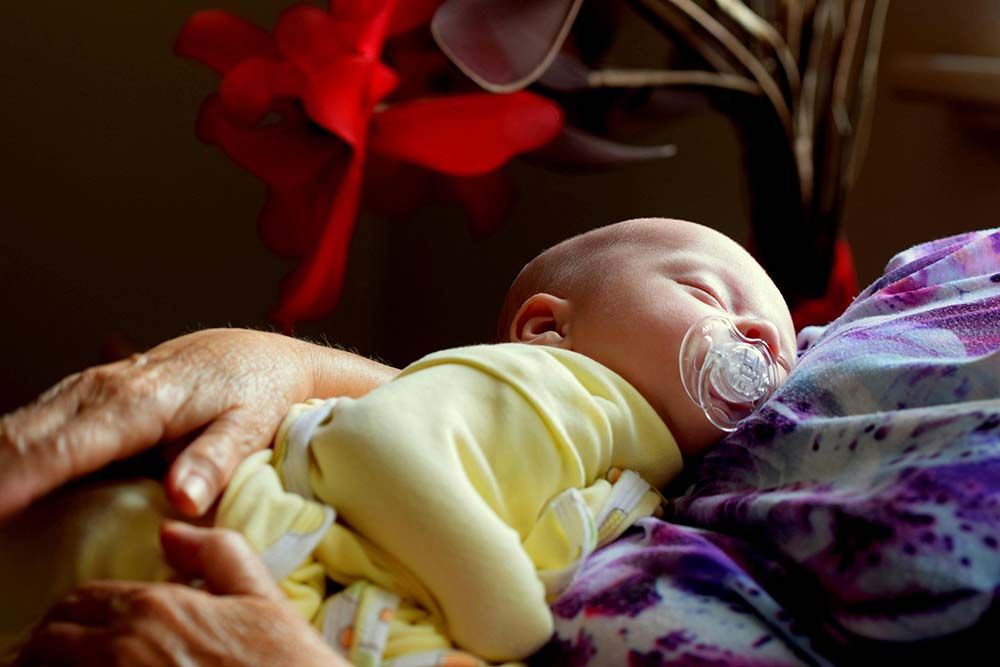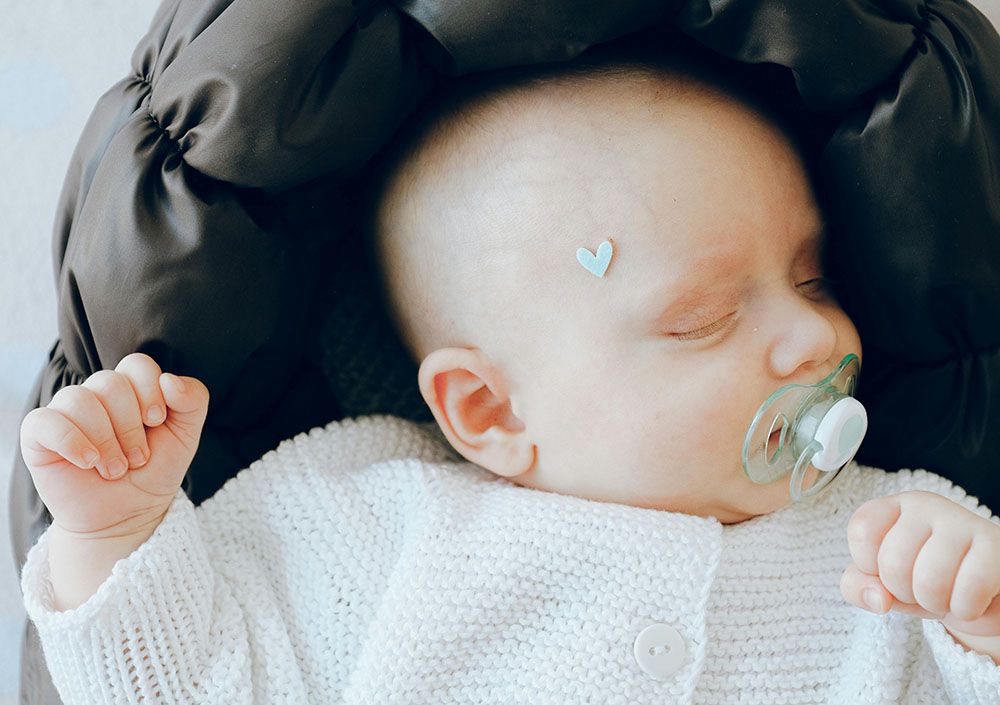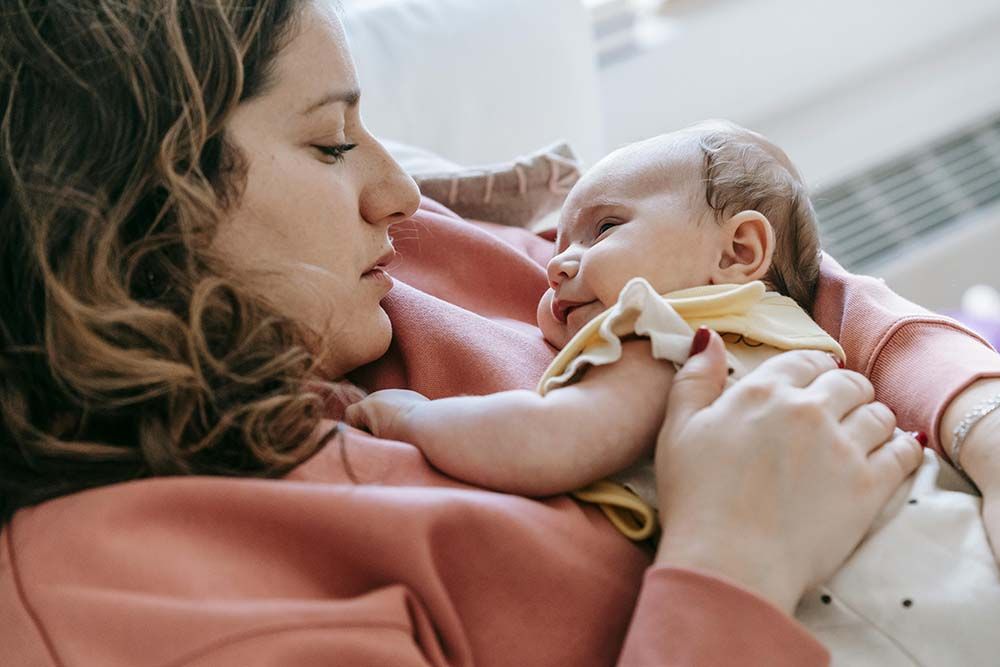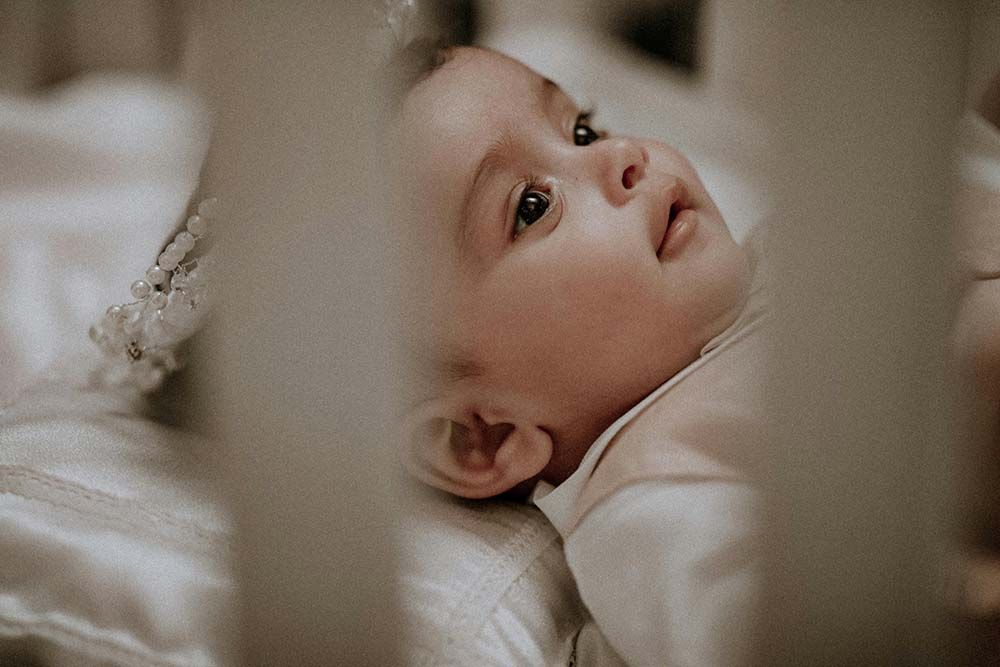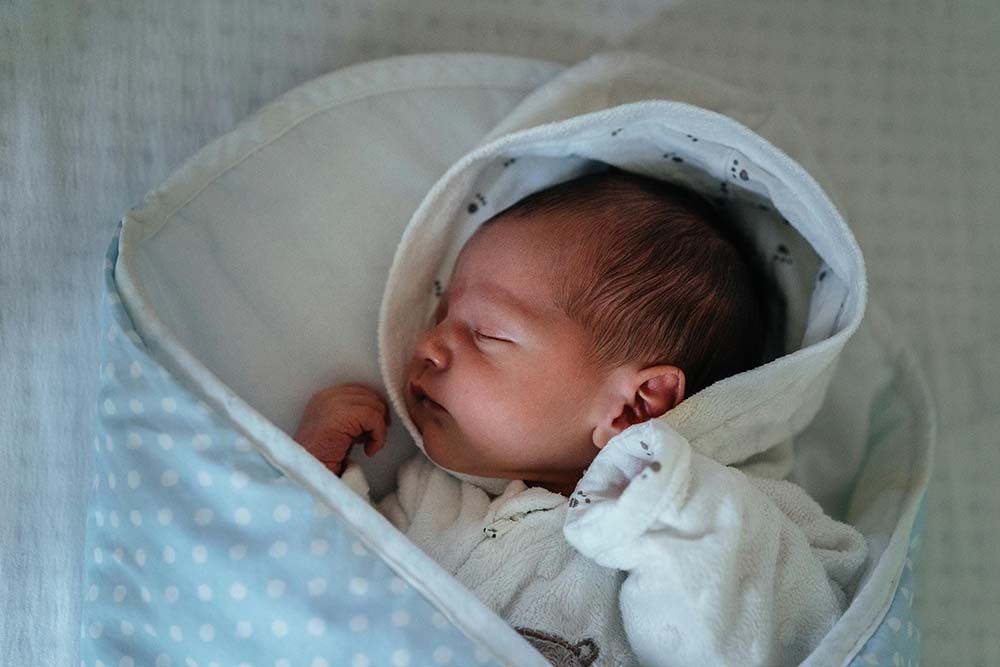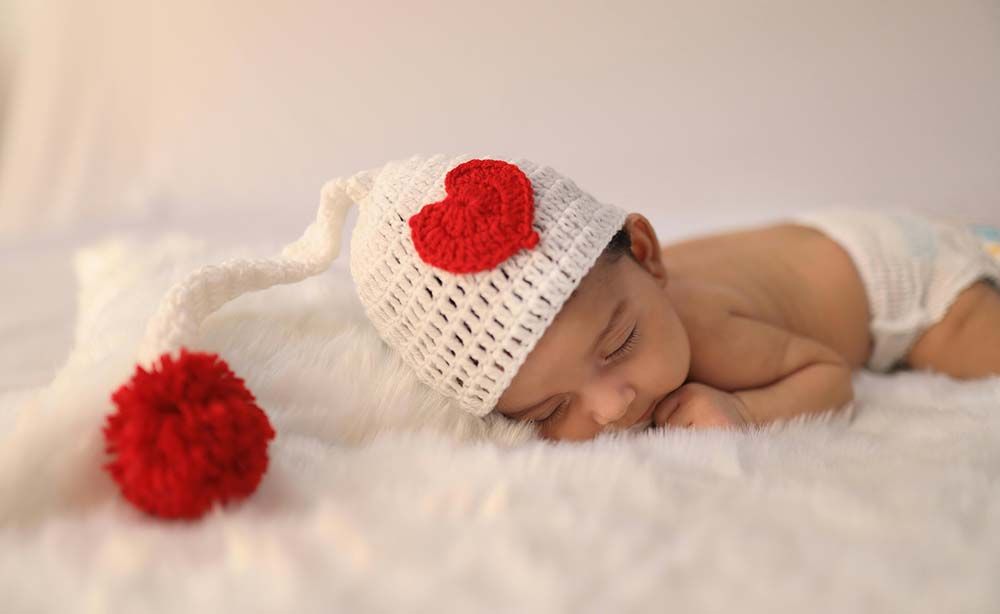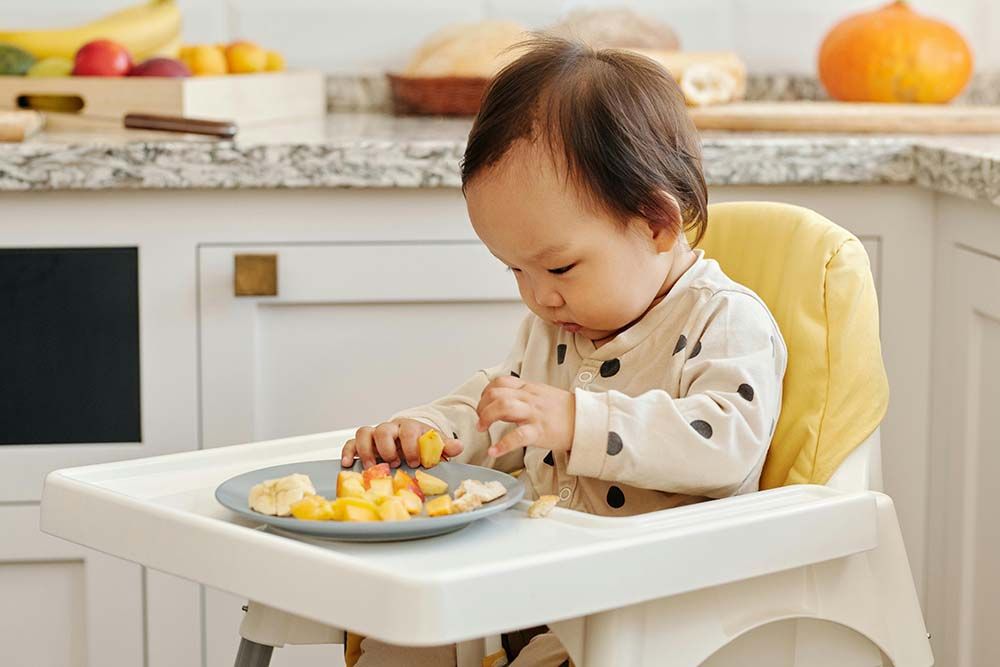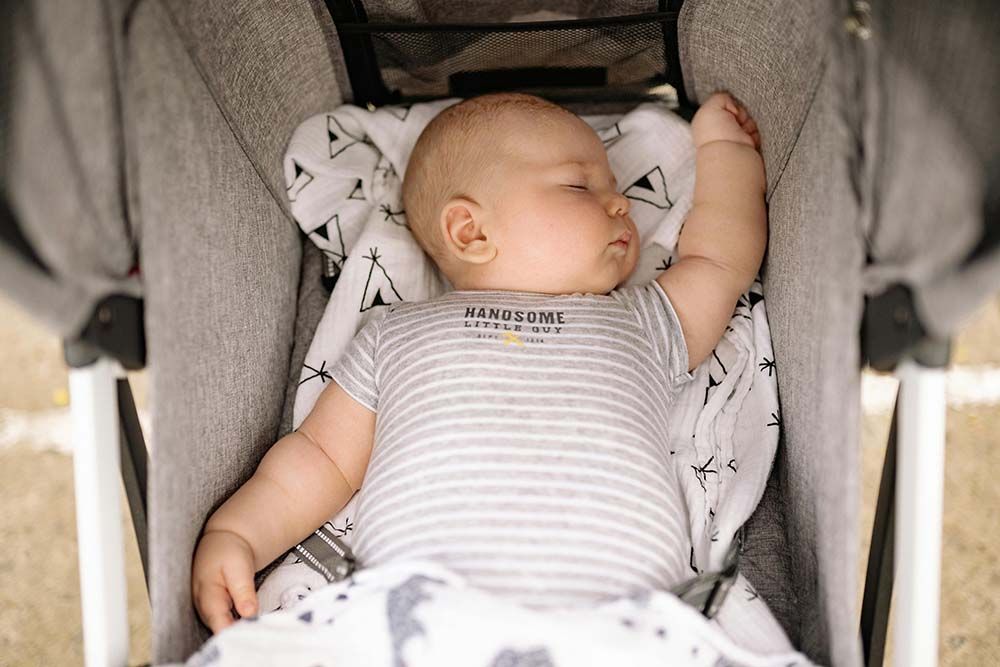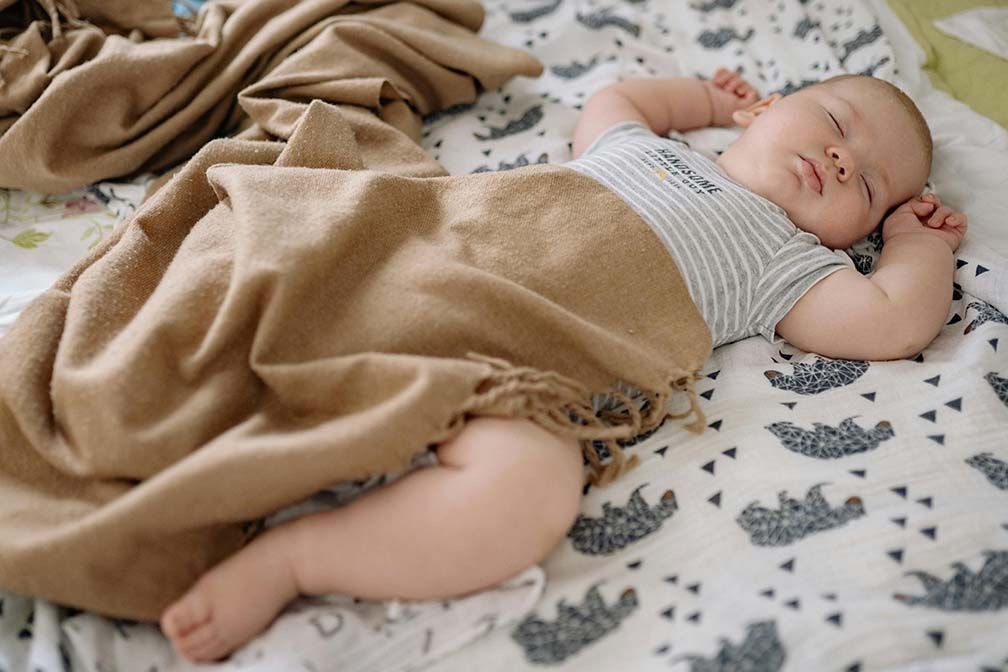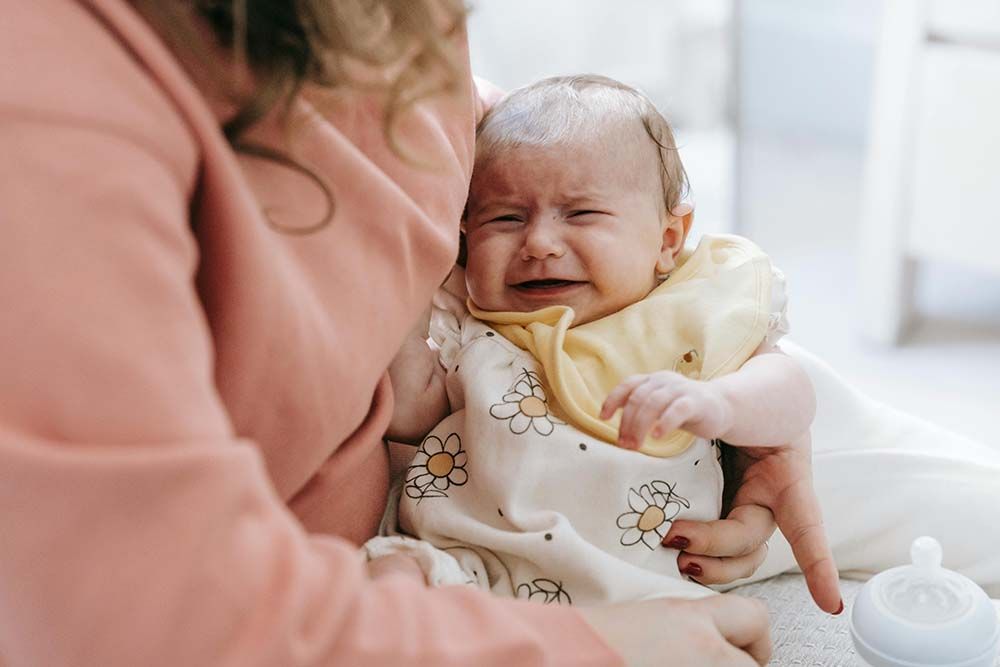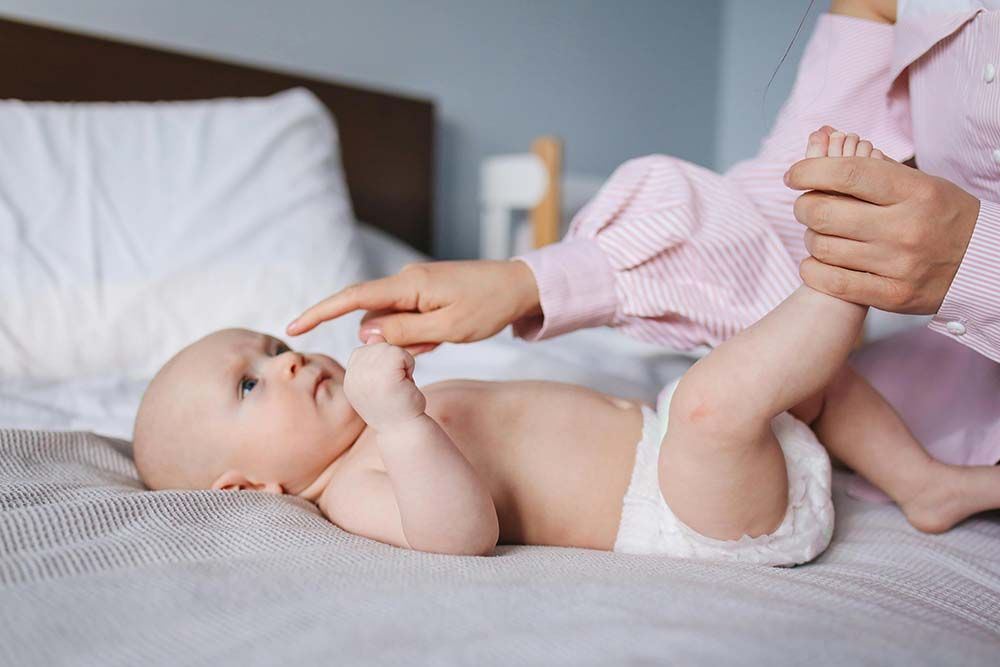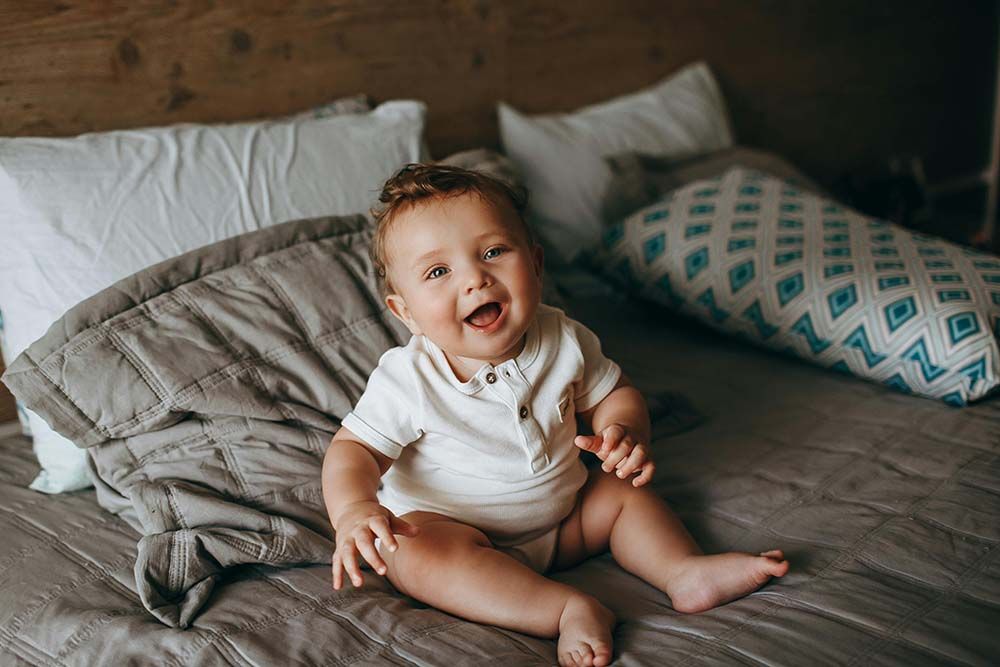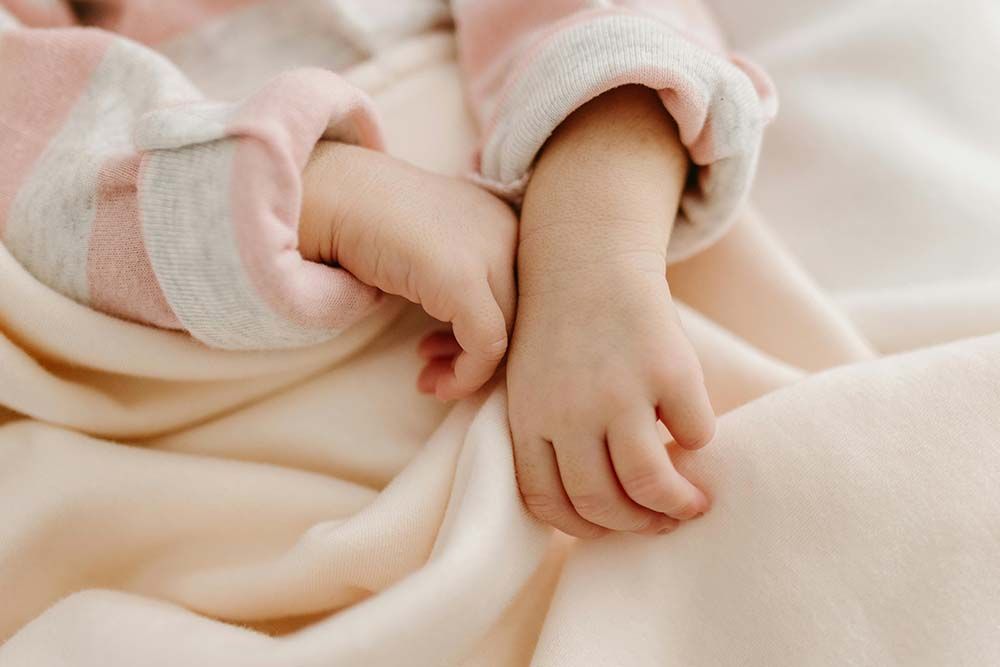

Many new parents are often confused about the question of when babies can start using blankets. Blankets are common items in our lives, giving people a sense of warmth and security, but for babies, the timing of using blankets requires special attention. Because the baby's body is still developing, improper use of blankets may pose a risk of suffocation or other safety hazards. So, when can babies sleep with a blanket? When deciding this issue, parents need to consider multiple factors such as the baby's age, sleeping environment, and safety measures. This article will explore the best time for babies to use blankets and related safety recommendations to help parents create a safe and comfortable sleeping environment for their babies.
Use Moonycare to record and optimize baby's sleep habits
When it comes to baby's sleep safety, parents always try their best to ensure that every stage of their baby's growth is taken care of in the best way. In addition to knowing when to use a blanket for your baby, recording your baby's sleep, feeding, and growth activities is also a need for every parent. In order to help parents better understand their baby's health, the Moonycare App provides a comprehensive recording function that not only tracks the baby's sleep, but also records every feeding, diaper changing, and other activities. Through these data, parents can better understand their baby's daily routine and adjust their parenting methods in time. Whether you are a novice parent or an experienced parent, Moonycare can provide you with comprehensive support and help.
IN THIS ARTICLE
Is it Safe for Babies to Sleep with a Blanket?
When can Babies Sleep with a Blanket?
How to Keep Babies Warm Without a Blanket?
Is it Safe for Babies to Sleep with a Blanket?
For younger babies, sleeping with a traditional blanket is not considered safe. Here are the main safety concerns:
Suffocation risk: For newborns and younger babies, they may not be able to move the blanket away in time if the blanket is accidentally covering their mouth and nose, which may cause suffocation. Older babies may move their bodies unconsciously during sleep, and their movements are erratic. If the blanket covers the baby's head and face during rolling over, it may cause breathing difficulties. Since babies do not have enough strength and awareness to move the blanket away, it may increase the possibility of suffocation.
Overheating: Babies' body temperature regulation system is not fully developed. Compared with adults, they are more susceptible to the temperature of the environment. Blankets that are too thick or wrapped too tightly may cause babies to overheat. Prolonged overheating may cause babies to sweat too much, leading to dehydration, and may even cause heat stroke syndrome. It is a more dangerous condition that causes babies to have high fever, sweating, rapid breathing, pale complexion, etc., which can be life-threatening in severe cases.
When can Babies Sleep with a Blanket?
It is not recommended to use blankets to sleep with babies until they are at least 12 months old, as blankets increase the risk of accidental suffocation. The American Academy of Pediatrics (AAP) strongly recommends not to place blankets in cribs to reduce the risk of sudden infant death syndrome (SIDS). Out of caution, it is best to use light quilts and blankets for babies after 18 months of age, such as single-layer spring and autumn bean blankets, single-layer coral fleece baby blankets, etc. And heavy, quilted and thickened warm blankets in winter are best used after 4 years of age. Therefore, it is recommended to consider using blankets after the baby is at least 1 year old, and gradually introduce heavier blankets as the baby grows older. Between the ages of 1 and 2, when their motor skills have improved enough to move around and can freely pull things up or down, they can be given a blanket. Before that, for safety reasons, consider using a sleeping bag to keep the baby warm.
In fact, there is no exact time for babies to use blankets. In addition to reaching the age of 1, when your baby has the following behaviors, it means that the blanket is safe to use:
1. Able to turn over on his own
2. Able to move objects away on his own
3. Sleeping posture and behavior are more stable
4. Able to regulate body temperature
5. Able to clearly perceive and respond to temperature changes while awake
How to Keep Babies Warm Without a Blanket?
In the absence of a blanket, there are still many ways to keep your baby warm and comfortable. Here are some suggestions:
1. Use a baby sleeping bag
A sleeping bag is the best alternative to a blanket. It wraps the baby's body like a bag, but does not cover the baby's head or face. It can keep the baby warm and will not slide down due to turning over or moving, avoiding the risk of suffocation caused by the blanket being pulled to the baby's face. Baby sleeping bags usually have different thicknesses and designs, and you can choose the appropriate style according to the season and room temperature.
2. Appropriate clothing:
Dress your baby in the right amount of clothes according to the temperature of the room. Consider using long-sleeved onesies, long pants and socks to increase warmth. If the indoor temperature is lower, consider using a thick onesie or layered dressing.
3. Adjust the room temperature:
Keep the indoor temperature in a comfortable range. It is generally recommended that the temperature in the baby's room be kept at 16-20 degrees Celsius (60-68 degrees Fahrenheit). If you use a heater in winter, make sure it does not make the room too dry. You can consider using a humidifier to maintain the right humidity level.
4. Use a warm mattress and sheets
Using a thick mattress and warm sheets is also a simple and effective way to ensure your baby stays warm while sleeping. Remember to choose breathable and soft bedding, such as pure cotton or wool sheets, which can help your baby maintain a comfortable temperature and avoid overheating.
By using the above methods, you can ensure that your baby is well rested in a safe and comfortable environment even without using a traditional blanket. Always pay attention to your baby's reaction and comfort, and adjust these measures as needed. However, be sure to avoid overdressing your baby, which can not only easily lead to overheating, but may also increase the risk of suffocation syndrome (SIDS). You can check if your baby is warm by feeling his neck, back, and chest. If your baby's skin feels warm and not sweaty, then the choice of clothing is appropriate.
Tips for Babies’ Safe Sleep
1. Put your baby in a separate sleeping space
Babies should sleep in their own crib, bassinet or bassinet, not in a shared bed. This is the best way to prevent accidental crushing, suffocation and other sleep-related accidents.
2. Put your baby on his back to sleep
Always put your baby to sleep in a back position. Studies show that back sleeping is the most effective way to prevent sudden infant death syndrome (SIDS), and babies who sleep on their stomachs or sides are more likely to suffocate, SIDS or other sleep-related injuries.
3. Avoid loose objects in the crib
Your baby’s crib should not have pillows, blankets, mattress protectors, toys or other loose objects. These items may cause the baby’s face to be covered, increasing the risk of suffocation.
4. Use a firm mattress
Your baby’s mattress should be firm, not a soft mattress, memory foam or down mattress. Soft mattresses may cause the baby’s face to sink into them, increasing the risk of suffocation.
5. Maintain a comfortable room temperature
Make sure your baby’s room is kept at 20-22°C (68-72°F). Avoiding overheating or overcooling is crucial for your baby's sleep safety.
6. Avoid smoking
Avoid exposing your baby to secondhand smoke, both during pregnancy and after the baby is born. Smoking significantly increases your baby's risk of sudden infant death syndrome (SIDS). Even if you smoke at home, your baby should avoid exposure to smoky environments.
7. Your baby should not sleep on a cushion or sofa
Don't let your baby sleep on a cushion, sofa, armchair, etc. Sleeping in these places can easily lead to improper turning over or sinking into them, increasing the risk of suffocation.
8. Check your baby's sleeping position and environment regularly
Make sure your baby's sleeping environment and sleeping position always meet safety requirements. Check your baby's sleeping environment regularly to ensure that there are no potentially dangerous items or unsafe factors.




